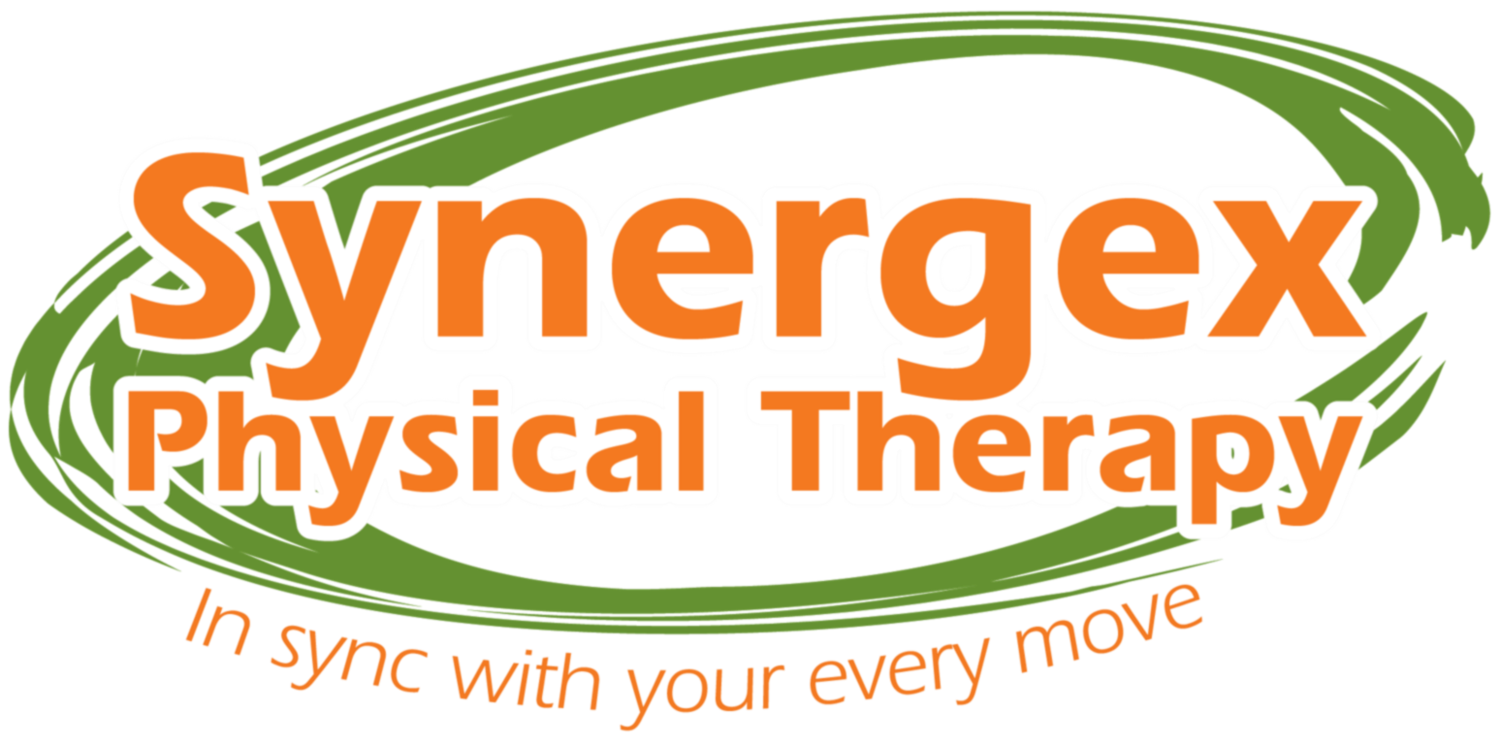Temporo-Mandibular Joint (TMJ) disorder is an altered functioaning of TMJ leading to pain in and around the jaw and facial muscles that control jaw movements. TMJ is more frequently used than any other joint in the body during talking, swallowing, and breathing. You can feel this joint in front on your ear, below the temples. It can produce between 134-190 pounds worth of force. Symptomns that you may have with TMJ include pain in the ear, face, jaw, or neck when you open and close your mouth. You may also experience heahaches and or dizziness. One or many factors can lead to TMJ issues- trauma to the face, teeth, jaw alignment, arthritis, muscle tension, faulty habits or postures, teeth grinding or TMJ disc disorder being some of them. Behavior, social, cognitive, and enviornmenal factors can also play a role in causing TMJ pain.
If you are experiencing the symptomns metioned above, there could be a solution to alleviate your pain. There are many ways to manage TMJ pain and prevent it from recurring.
- Consult your dentist if you expeirence teeth grinding to minimize it with a custome made night-time rigid mouth guard.
- Use an ice pack for sharp pain (usually joint related) or a heating pad for dull aches (usually muscular). Heat or ice should not be used for more than 20 minutes.
- Massage the muscles by the ears, inside the mouth, and on the side of the neck to release muscle tension.
- Try to keep the neck muscles as relaxed as possible by sitting up with the back well supported, not craning your neck during everyday activities, and not cradling a telephone between your shoulder and cheek.
- Altering your sleep positions can also help with decreasing stress on the TMJ.
Preventing TMJ pain starts with proper dental care.
- Make sure to see the dentist every 6 months, use a soft-bristle toothbrush or a sonic toothbrush.
- Have your dentist give breaks during long dental procedures to prevent TMJ from overstretching.
- In addition, you want to avoid prolonged chewing on gum or biting on hard foods like taffy.
- Certain habits like chewing on the inner cheek, lower lip, or your tongue can also stress your TMJ.
- Try to use molars on either side equally when chewing.
A physical therapist can offer significant relief from TMJ pain and help to restore the natural movement of the jaw. Posture education, manual therapy, pain-relief modalities like ultrasound, and different exercises will be utilized to treat your TMJ symptoms.
Don't let yout TMJ pain control your daily life, try these tips and seek help from your Physical Therapist today!

